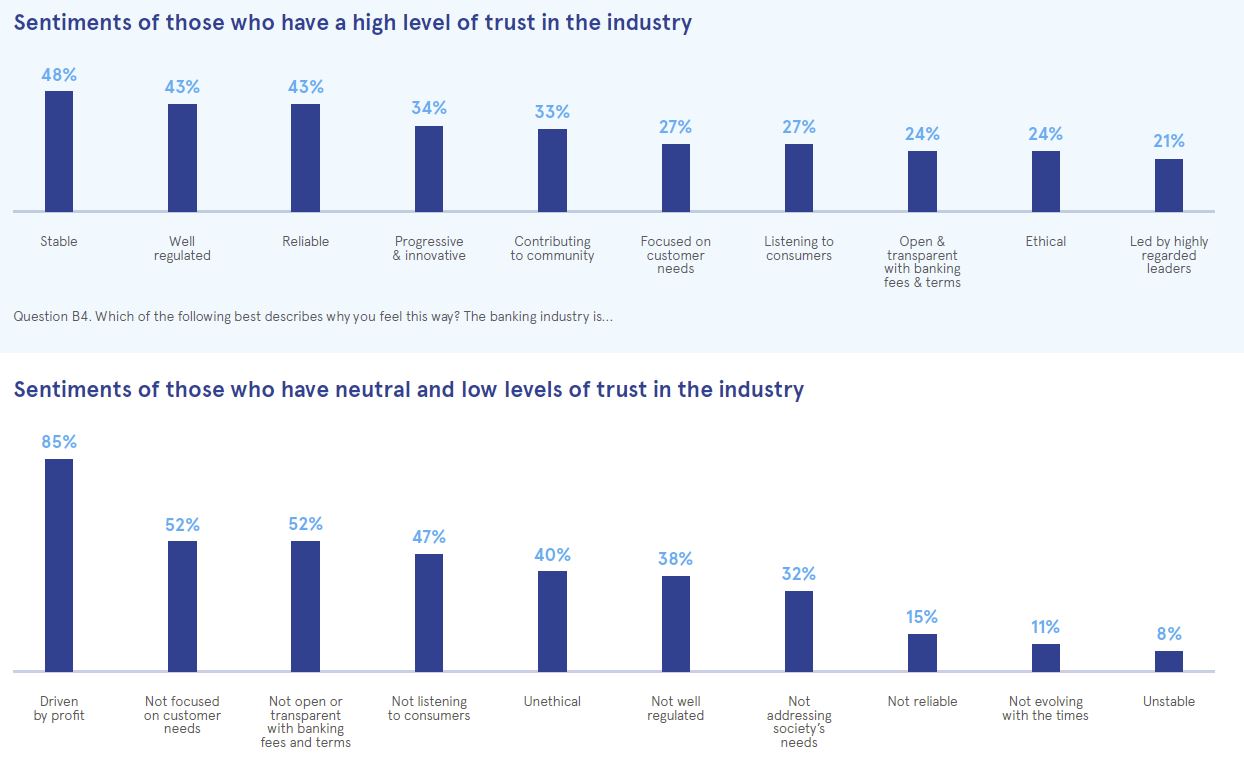The Australian Bankers’ Association has welcomed the latest progress report from former auditor-general Mr Ian McPhee AO PSM, which has found that banks are on track regarding the six reform initiatives.
Mr McPhee stated that since the previous report, a number of initiatives are now being implemented, which is good news for customers and the industry.
Banks have already introduced three initiatives – the appointment of customer advocates who help customers resolve issues and proactively improve customer outcomes, the adoption of new whistleblower protections, and the conduct background check protocol when hiring staff.
The remaining three initiatives are showing good progress.
ABA Chief Executive Anna Bligh said it’s encouraging that the industry’s reform program is starting to gain traction and deliver real benefits to customers.
“Banks across the board are serious about change and rebuilding trust and confidence within the community. Introducing these initiatives will better protect customer interests and increase transparency and accountability,” she said.
“The banking industry is currently undergoing the greatest program of reforms seen in decades. It’s vital that the momentum continues, so banks can meet the needs and expectations of the community.
“The ABA appointed the former Public Service Commissioner Stephen Sedgwick AO to review how bank tellers and other customer-facing bank employees, their managers, and third parties are paid by banks. The industry adopted all the recommendations and are now in the implementation phase,” Ms Bligh said.
“The industry understands that through the combination of leadership, performance management, remuneration structures, behavioural standards and culture, a real difference is being achieved.”
Progress since the last quarter McPhee review includes:
* Adoption of best practice whistleblowing policies by 19 banks (last bank to finalise by end of year).
* The Code of Banking Practice is now with key stakeholders for feedback. The new Code is on track to be finalised by December 2017.
* Four banks have published their overarching principles on remuneration and incentives ahead of the December deadline.
“The determined effort that has delivered the reforms to date is set to continue in coming months as banks finalise their implementation of the industry’s Better Banking program,” Ms Bligh said.
A copy of Mr McPhee’s latest report is available at betterbanking.net.au.




